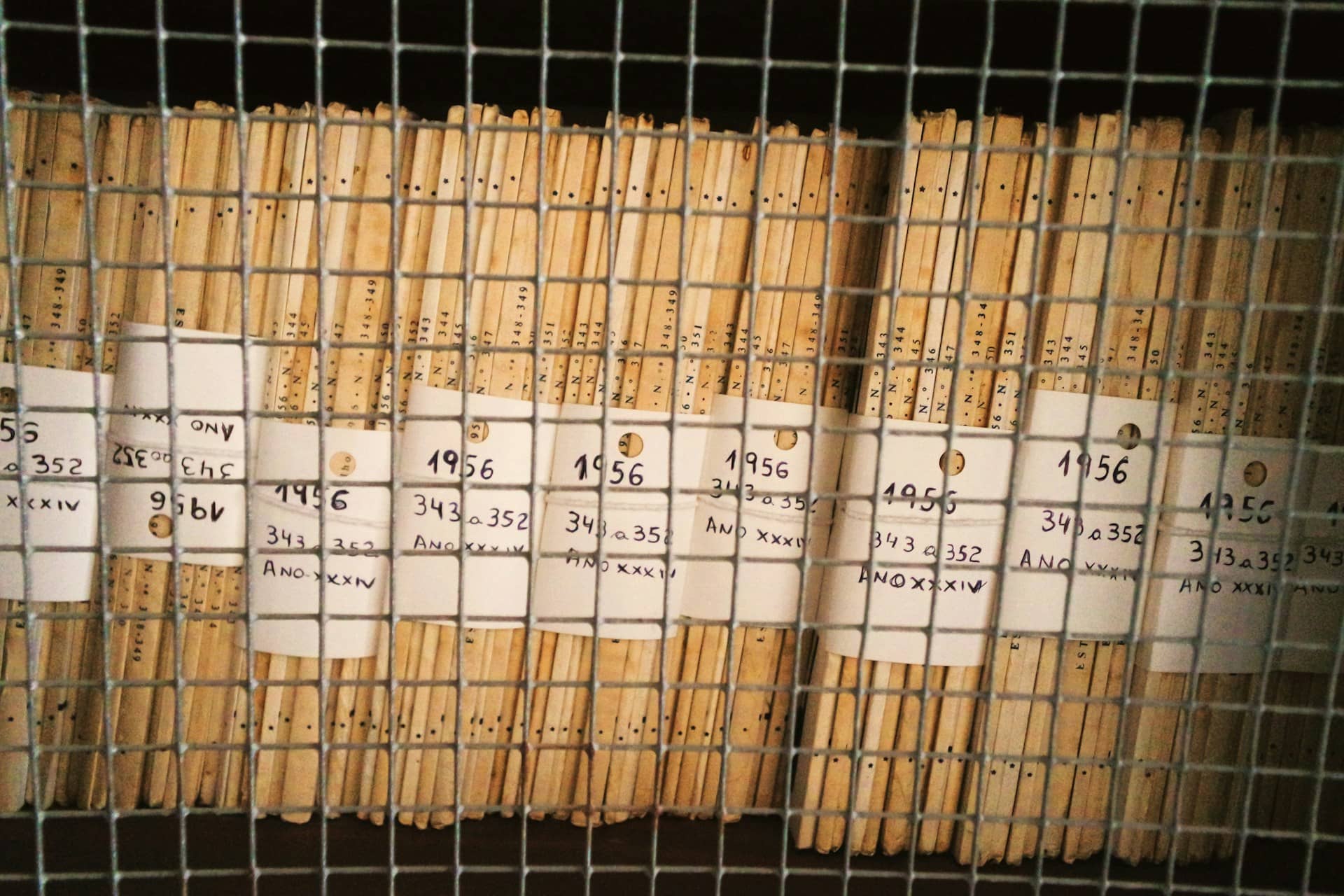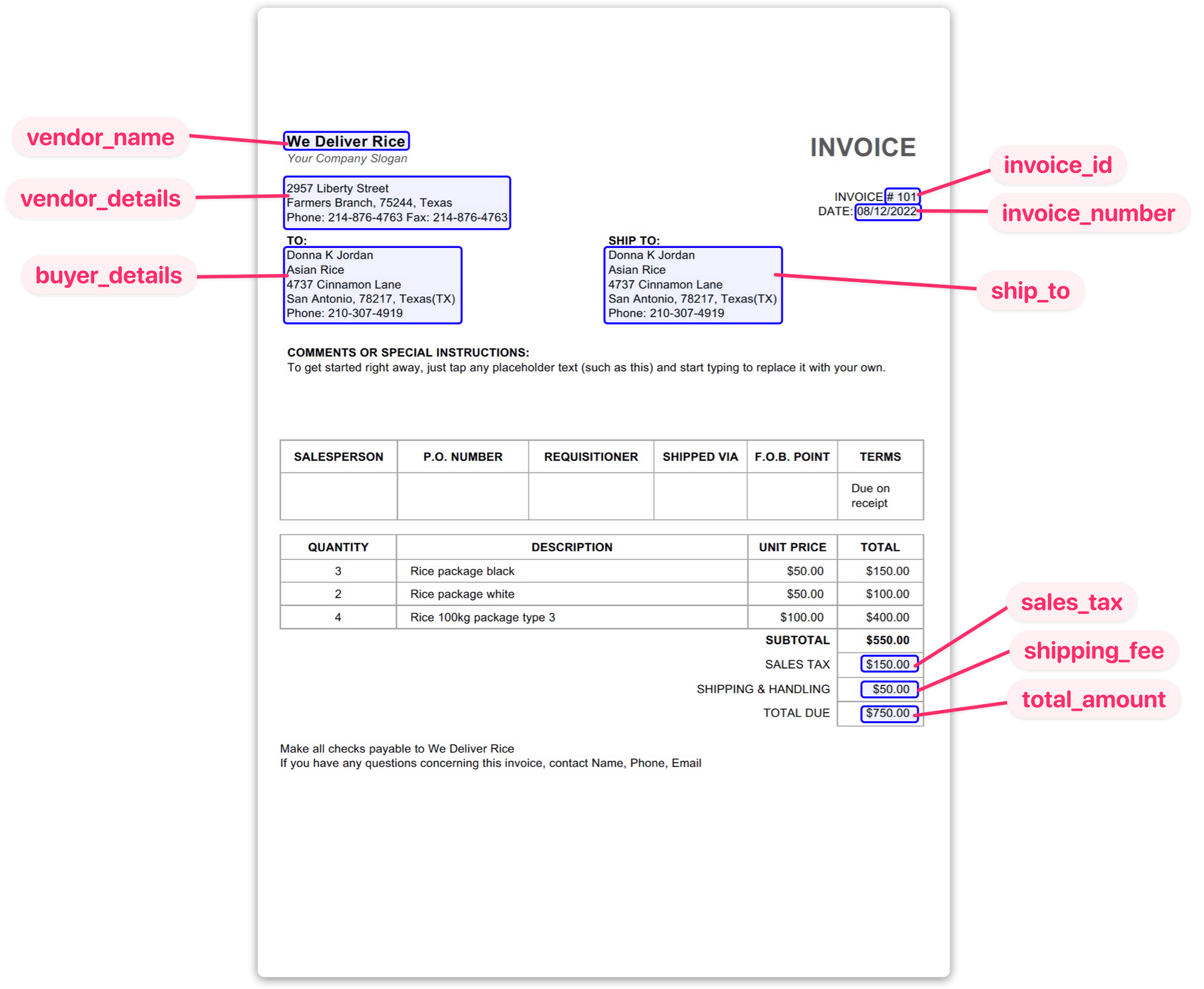The Ultimate Guide to Zonal OCR for PDF Parsing
Unlock the power of Zonal OCR to streamline your document processing. This technology allows for targeted data extraction from specific areas, enhancing efficiency and accuracy. Dive into our article to explore its benefits and applications.

In today's digital age, businesses deal with large amounts of data stored in various formats, including PDF documents. Extracting relevant information from these documents efficiently and accurately is crucial for streamlining operations and decision-making processes. This is where Optical Character Recognition (OCR) technology comes into play, offering solutions for automated data extraction. Among the different OCR methods, Zonal OCR stands out as a powerful tool specifically designed for parsing PDFs. In this article, we will discuss Zonal OCR and its role in PDF parsing.
What is Zonal OCR and How Does it Work?
Zonal OCR refers to a technique where a document is divided into predefined zones or regions, and OCR is applied selectively to extract data from each zone. These zones are typically defined based on the layout of the document, such as text fields, tables, or specific sections. Zonal OCR works by recognizing characters within each zone, converting them into editable text, and extracting the desired information.

1. Document Segmentation
The first step in Zonal OCR is to segment the document into distinct zones based on its layout and structure. This segmentation process involves identifying and delineating areas of interest within the document, such as text fields, tables, headers, footers, or any other relevant sections. Users can assign a label to each zone. For instance, with invoices: users can have the following labels for various zones - invoice_id, vendor_name, total_amount, products_table, tax_rate.
2. Text Recognition
Once the document is segmented into zones, OCR algorithms are applied selectively to recognize the text within each zone. OCR technology utilizes pattern recognition techniques to interpret the visual elements of the document and convert them into machine-readable text. This involves analyzing the shapes, patterns, and arrangements of characters within the zone to identify and extract the text content accurately.
3. Character Recognition and Conversion
Within each zone, the OCR software identifies individual characters and converts them into editable text using optical character recognition techniques. This process involves analyzing the visual characteristics of each character, such as its shape, size, and orientation, to determine its identity. The recognized characters are then converted into machine-readable text format, such as ASCII or Unicode, for further processing and analysis.
4. Data Extraction
After extracting text from each designated zone, the Zonal OCR parser generates a structured key-value data object. In this object, the keys correspond to the user-defined labels for each zone, while the values represent the extracted text from those zones.
Purpose and Use Cases of Zonal OCR
Zonal OCR serves a wide range of purposes across various industries and applications. Its versatility makes it suitable for tasks such as form processing, invoice data extraction, document indexing, and more.
For instance, in banking and finance, Zonal OCR can automate the extraction of customer information from account opening forms. Similarly, in healthcare, it can assist in extracting patient data from medical records. Other common use cases include processing surveys, extracting data from resumes, and digitizing legacy documents.
Advantages of Zonal OCR
The advantages of Zonal OCR extend beyond its ability to achieve higher accuracy compared to traditional OCR methods. Here's a deeper look into its benefits:
Enhanced Accuracy
Zonal OCR's focus on specific zones within a document. By targeting only the designated zones, the OCR algorithms can concentrate on extracting data from areas where the content is structured and predictable, thereby reducing the likelihood of errors. This precision ensures that extracted information is more reliable and accurate.
Greater Flexibility and Customization
Users have the ability to define extraction rules for different document layouts, allowing for tailored processing of diverse document types. This flexibility enables organizations to adapt Zonal OCR to their specific needs and requirements, whether it is extracting data from standardized forms, invoices, contracts, or any other type of document.
Reduced Manual Effort
Zonal OCR significantly reduces the need for manual intervention in data extraction processes. By automating the extraction of information from predefined zones, it eliminates the tedious and time-consuming task of manually transcribing data from documents. This not only saves valuable time but also reduces the risk of human error associated with manual data entry.
Accelerated Data Processing Workflows
With its ability to automate data extraction from specific zones, Zonal OCR accelerates data processing workflows. Documents can be processed and analyzed at a much faster pace compared to manual methods, enabling organizations to achieve greater throughput and scalability.
Disadvantages of Zonal OCR
While Zonal OCR offers significant advantages in data extraction, it also comes with several disadvantages that organizations need to consider.
Difficulty with Unstructured Documents
Documents with irregular structures, overlapping text, or variable formatting can pose challenges for Zonal OCR systems. In such cases, the OCR algorithms may encounter difficulties in identifying and segmenting relevant zones, leading to errors or incomplete extraction results.
Dependency on Document Quality
The accuracy of Zonal OCR heavily depends on the quality of the input documents. Poor document quality, such as low resolution, smudged text, or skewed images, can negatively impact the performance of the OCR algorithms and lead to errors in data extraction.
Alternatives to Zonal OCR
AI-Powered Parsing
AI-powered parsing involves the use of machine learning algorithms trained on large datasets to automatically extract information from documents. These algorithms learn to recognize patterns and structures within documents, enabling them to identify and extract relevant data without the need for predefined zones or templates. AI-powered parsing is highly adaptable and can handle a wide range of document types and formats, making it particularly suitable for processing unstructured or semi-structured documents.
GPT-Powered Parsing
GPT-powered parsing utilizes advanced natural language processing (NLP) techniques, such as the Generative Pre-trained Transformer (GPT) model, to understand and extract data from unstructured text. These models are trained using millions of documents and can generate human-like responses to input text, enabling them to parse and extract information from documents based on contextual understanding.
Rule-Based or Template-Based Parsing
Rule-based or template-based parsing relies on predefined rules or templates to identify and extract relevant information from documents. These rules or templates define the structure and format of the document and specify how to extract data based on patterns or keywords.
Final Thoughts
Zonal OCR is a sophisticated document processing technique that involves segmenting documents into predefined zones, recognizing text within each zone using OCR technology, and extracting relevant information.
By using zonal OCR, businesses can streamline document processing tasks, automate data extraction processes, and significantly reduce manual effort and errors associated with handling large volumes of documents. This technology is widely utilized in various industries, including finance, healthcare, legal, and logistics, to enhance efficiency, accuracy, and productivity in handling document-based workflows.
